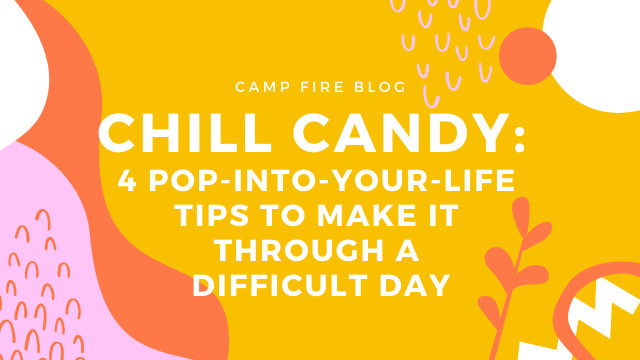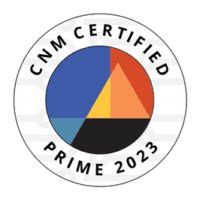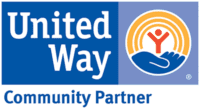
Contributor
Lyn Lucas
Senior Vice President, Early Education Workforce Development
It was Monday. Something happened that irritated me. A lot.
It was Tuesday. My brain was all over the place.
It was Wednesday. I was drained. Is it really just mid-week?
It was Thursday. I was anxious. Big day…big presentation.
It was Friday. I felt overloaded. I had endured 23 hours-worth of 18 different Zoom meetings. My ears and eyes had readjusted 18 times to a new group makeup scattered differently on the screen. I was experiencing something my husband and I have come to call “Zoom Butt.” I was in intake-overload. My brain was done. But it was only noon.
To help me survive days like these, I have come to rely on chill candy. Simple quick ways to remind my body, mind, and spirit that I am okay. I can do this difficult moment. My chill candy, which does include chocolate, also includes four other things I’d like to share with you.
Breathe * List * Connect * Think
Four things that I use to settle, center, calm, and motivate myself. Although these may all be very familiar to you, I encourage you learn more with the links provided. Try them out. Give yourself some chill candy today. These are all also strategies children can use for the same purposes. Heck, you can even do them together. In fact, Camp Fire incorporates these kinds of strategies in professional development sessions they offer like “Caring for the Caregiver” and in the after school and outdoor programs by using Thrive{ology}. Without further ado…
BREATHE
Max Strom, yoga instructor, focuses on using breath to heal in his TED Talk. He demonstrates a 1 minute technique that can quickly lift the mood. (Skip to technique at 14:31 in the video.)
Or you can use the 4-7-8 technique from Dr. Andrew Wile. Focus on the following breathing pattern: empty the lungs of air. Breathe in quietly through the nose for 4 seconds. Hold the breath for a count of 7 seconds. Exhale forcefully through the mouth, pursing the lips and making a “whoosh” sound, for 8 seconds. Repeat the cycle up to 4 times.
Check out the step-by-step instructions for adults and children.
LIST
List 3 things you’re grateful for. This can be actually writing down, or just listing in your head. You can do it anywhere. Living in gratitude is known to support our physical, psychological, and social health. This can result in stronger immune systems, better sleep, feeling more joy, and less lonely. Ask yourself what you DO have in your life that is good. Today, I am grateful I get to do work that is important. I am able to breathe freely. I can walk. I have air conditioning, and coffee, and safe water to drink. I’m grateful for my sweet puppies I get to cuddle.
There are many places to learn more Like this quick article from UC Berkeley’s Greater Good Magazine.
Try our Four Leaf Clover Project with your kids!
CONNECT
With yourself, with nature, with your God. This may mean a moment of meditation, prayer, reading something inspiring, or funny. Each of these are ways to connect with inner pieces of yourself that may bring out the very best in you. One example is the outdoor connection to mental, physical health, and some say even spiritual health. This not only means actually being outside, but also includes things like nature sounds, live plants inside, and looking out a window noticing the birds, the trees, the sky. If you don’t believe me, just ask Harvard Medical School in this short summary of ways to benefit from the outdoors.
THINK
Think of someone who loves you. Think of someone you love at a moment they made your heart swell. Think of a moment that gave you joy, made you shout happily, or made you cheer. These thoughts trigger brain chemicals that make you feel good. The very opposite happens if you think negative thoughts—our brains are incredible conduits of our feels.
For example, when thinking about romantic love the parts of the brain associated with the reward pathway and the dopamine neurons activate. When thinking about familial love, good feelings associated with attachment such as those associated with oxytocin and vasopressin releases the familial love feeling. When thinking of joyous moments, happy chemicals (dopamine and serotonin) are released. Learn more about the effects of joy on your body.
Okay. I said four, but I got to thinking about the brain and how amazing it is. And powerful. And accessible to us—as we carry all 8 pounds of it around with us everywhere we go. Sometimes, if I have a few minutes, pulling myself away from a task, and digging into a fun riddle, joke, or “What am I?” game is just what I need to refocus. Try there out – they are fun for youth and adults alike!
Riddles and Brain Teasers for youth and adults.
Take some time today to enjoy your own chill candy!






